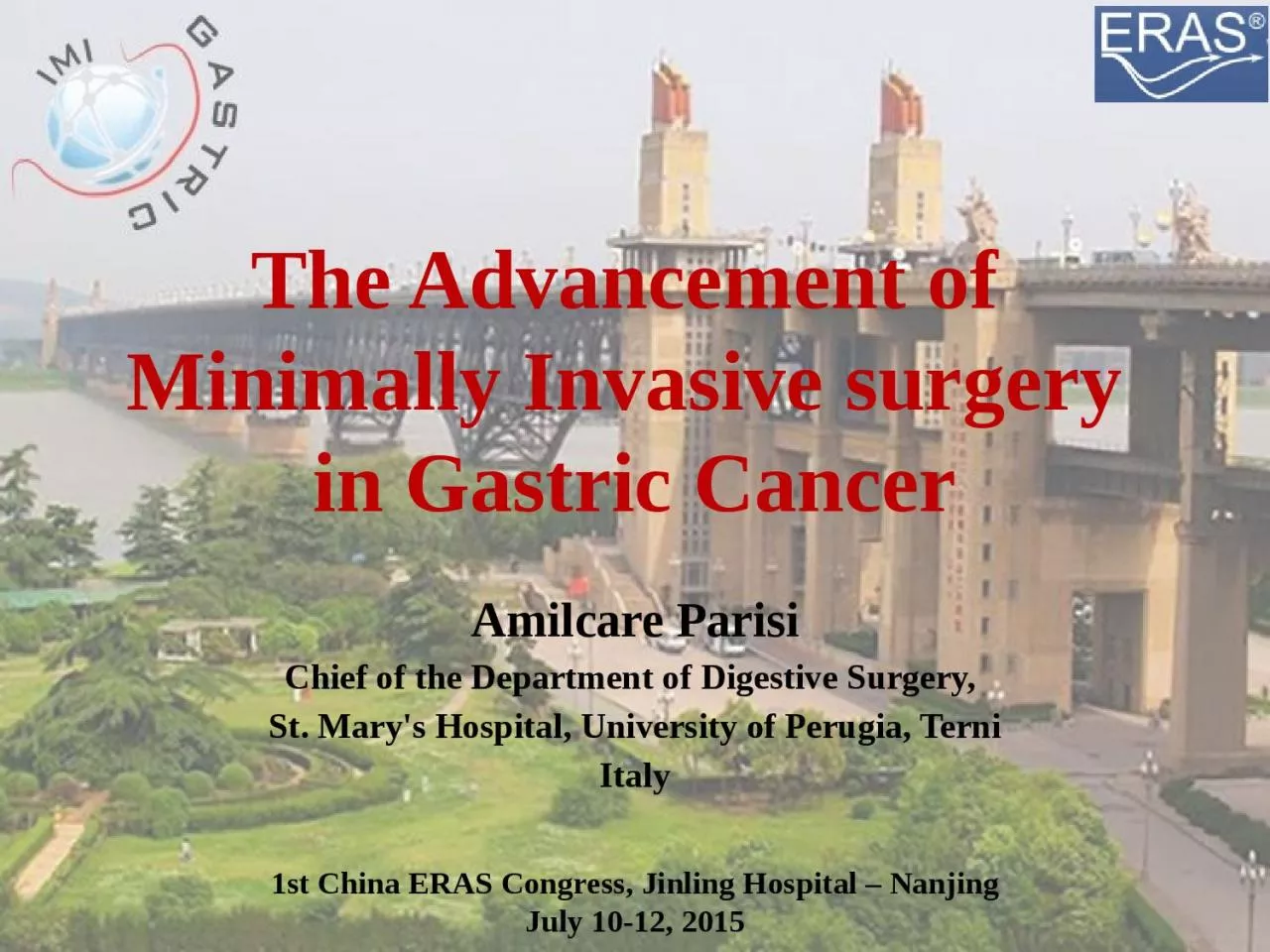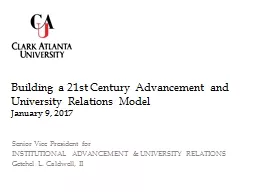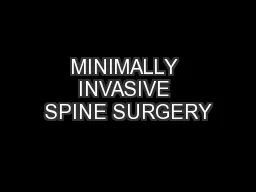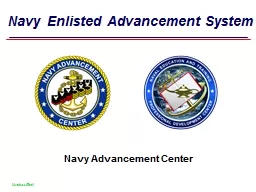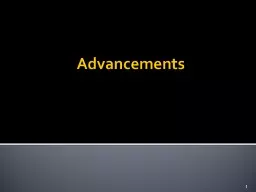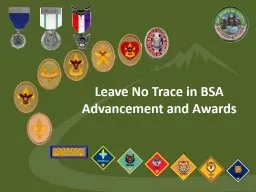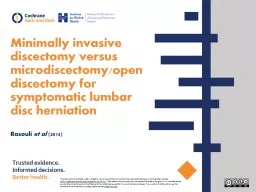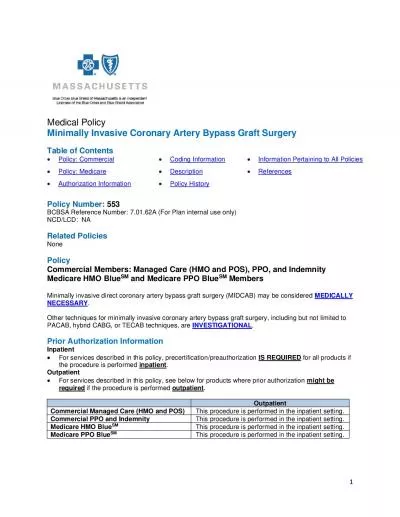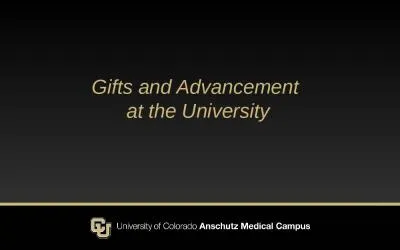PPT-The Advancement of Minimally
Author : stella | Published Date : 2022-06-28
Invasive surgery in Gastric Cancer Amilcare Parisi Chief of the Department of Digestive Surgery St Marys Hospital University of Perugia Terni Italy 1st China
Presentation Embed Code
Download Presentation
Download Presentation The PPT/PDF document "The Advancement of Minimally" is the property of its rightful owner. Permission is granted to download and print the materials on this website for personal, non-commercial use only, and to display it on your personal computer provided you do not modify the materials and that you retain all copyright notices contained in the materials. By downloading content from our website, you accept the terms of this agreement.
The Advancement of Minimally: Transcript
Download Rules Of Document
"The Advancement of Minimally"The content belongs to its owner. You may download and print it for personal use, without modification, and keep all copyright notices. By downloading, you agree to these terms.
Related Documents

